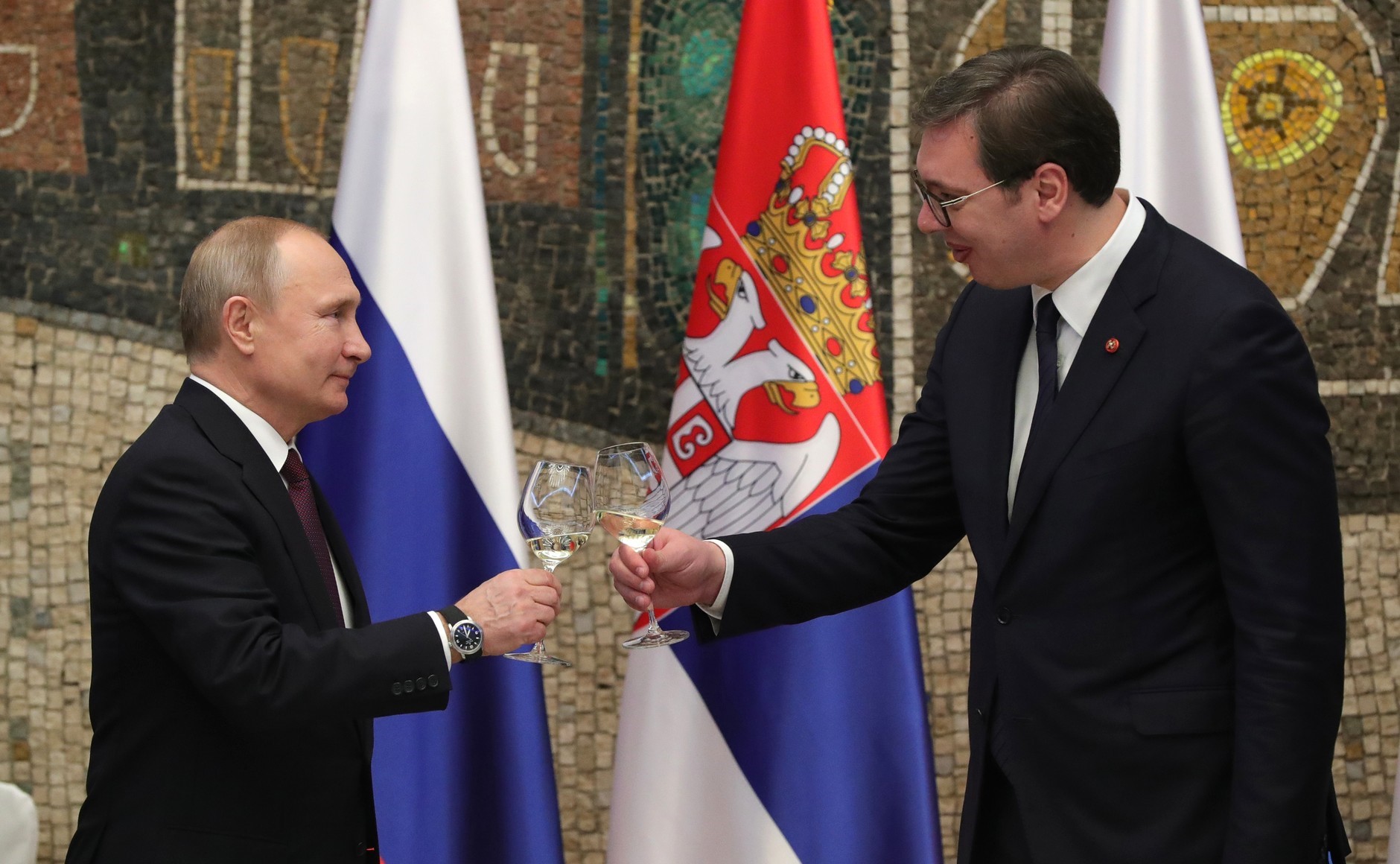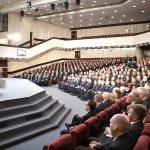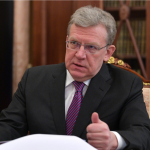RUSSIA MONITOR
Date: 26 November 2019
Unwanted Success: Russia’s GRU Suffers Setback in Serbia
A disclosed fact that in the Serbian army there are many people holding ties to Russian military intelligence has dealt a blow to the authorities in Belgrade. Recent time has seen Serbia making extra efforts to tighten cooperation with Russia, chiefly in the area of security. A spying incident involving an officer of the GRU, Russia’s military intelligence, erupted right before President Aleksandar Vucic’s trip to Moscow. This might not have been incidental, especially that files showing links between Russian intelligence and the Serbian military were cooked up by Western services, as admitted by the country’s leader.

On November 17, a video showing a Russian intelligence officer handing a wad of cash to a Serbian man in Belgrade, identified as Col. Georgy Kleban, a former assistant military attaché at Russia’s embassy in Belgrade, was uploaded to an anonymous YouTube account. The video was filmed in December 2018. Kleban, who is a retired GRU officer, left Russia’s embassy in Serbia in June 2019. Once the footage made headlines, Serbian President Aleksandar Vucic convened a special meeting of the country’s national security council (November 21). After discussing the issue with Serbia’s senior service officials, Vucic confirmed the authenticity of the video, adding that the video was made by Western services. The Serbian leader said the country’s intelligence also had evidence concerning other Russian spies, arguing there have been ten contacts with three sources in Serbia, all of which filmed. Serbian President identified the retired army officer as Z.K, without revealing his full name.
Support Us
If content prepared by Warsaw Institute team is useful for you, please support our actions. Donations from private persons are necessary for the continuation of our mission.
The spy plot is somewhat awkward for Russia, but what is noteworthy is the stance of the authorities in Serbia. However, instead of delivering firm declarations, Serbian decision-makers are making endeavors to belittle the matter. On November 21, Vucic summoned Russian envoy over the spy scandal. Still, he later said that he would anyway visit Moscow on December 4. While commenting on the latest spying incident, the Serbian leader said, quiet natively, that Vladimir Putin “has not been informed” about the activities in Serbia and Belgrade will not change its policy towards Russia, which it sees “as a brotherly and friendly country.” Some of Serbia’s nationalist politicians have already lambasted the West for attempting to set Russia and Serbia at loggerheads while the latest spat is nothing but a provocation cooked up in Western kitchens. Both Vucic and Serbia’s Security and Information Agency (BIA) claim that the leaked footage is the result of operational activities carried out by foreign intelligence services on Serbian soil, including those from the United States, the United Kingdom or France. Russia, for its part, is copying a comparable narrative. A spokeswoman for Russia’s Foreign Ministry, Maria Zakharova, called the scandal generated by the video a “provocation” in the run-up to high-level meetings between Russian and foreign officials. Interestingly, Serbia’s spy scandal erupted on the same day when Serbian Interior Minister Nebojsa Stefanovic traveled to Moscow to sign two security agreements with Russian officials and to meet with the head of Russia’s Security Council, Nikolai Patrushev. Military cooperation between Serbia and Russia had gained momentum since 2014 when Vladimir Putin was the guest of honor at Serbia’s first military parade in Belgrade in some 30 years. Since that time, these two have made increased efforts to hold military drills. In late October, Belgrade and Moscow saw war games on Serbian soil, attended by Russian missile systems S-400 and Pantsir-S. Moreover, Russia delivered to Serbia combat and transport helicopters, MIG-29 fighter jets, T-72 tanks, BRDM-2 combat reconnaissance and patrol vehicles.
_________________________________
All texts published by the Warsaw Institute Foundation may be disseminated on the condition that their origin is credited. Images may not be used without permission.














